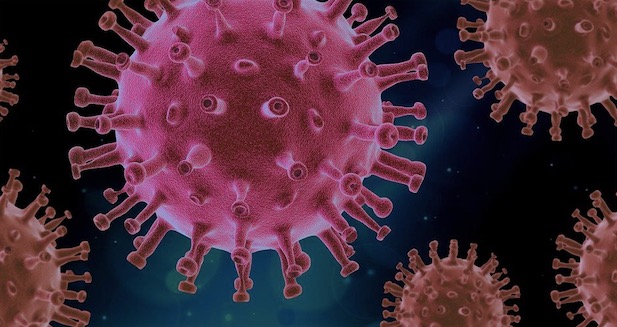Campus Covid-19 update with Patricia Haddeland
The Linfield Review took a deeper look into what the Covid-19 case numbers on campus mean
November 1, 2020
The Oct. 26 Covid case update from the email newsletter, Linfield Ahead, showed nine total cases on the McMinnville campus since July 1, an increase of two from last week. The number has been slowly rising over the course of the semester and students are wondering what this means for campus safety.
According to Patricia Haddeland, Director of the Student Health, Wellness, and Counseling Center, there is no evidence of community spread of Covid-19 on the McMinnville Linfield campus as of Oct. 26, 2020.
“These numbers represent both active cases and cases that are long resolved,” said Haddeland. “Our actual number of positive cases at any given time is quite static.”
Haddeland stressed that the current number of active cases connected to Linfield community members is “one or two.” Cases tracked by the administration include students, faculty, and staff.
She said to keep in mind that those nine cases include employees who live off campus, not just student cases. “You can’t tell from the numbers who are students and who are not,” she said.
“We are seeing, on average, one student every couple of weeks test positive,” she continued. Most of these cases are due to students leaving campus to visit family or friends in other communities and catching it there. “It’s not really a ‘one brought it, then one caught it’ situation,” she said.
“In general, our experience is that if students have a concern or have been told by a public health official [that they might be positive], they are really good about letting us know,” Haddeland said. She added that this honesty has aided the administration in catching infections early on.
Haddeland thinks that another reason why community spread has been so minimal within the “Linfield Bubble” is because once community members come back to campus, they follow Covid guidelines. This means that even if someone is positive and asymptomatic from an off-campus exposure, the expectation of wearing face coverings, washing hands, and keeping physical distance makes the likelihood of transmission to other students very low.
“Even though students may be positive, when they are wearing their face coverings, people around them don’t develop Covid,” Haddeland said. “If both parties are wearing them, [masks] are extremely effective.”
She also added that the school is paying for 50 to 100 screening tests per week of “representative samples” of Linfield residence halls, clubs, and campus organizations. “We’re doing a lot of tests,” Haddeland said. “The school is putting its money where its mouth is.”
Students that have reason to believe that they have been exposed to Covid can request a test at the Student Health and Wellness Center. But if they have been identified as someone who came in close contact with a confirmed case, the health center will “immediately put them in quarantine or isolation” while they await results.
Out of concern for privacy, she did not name the number of Linfield members currently in quarantine or isolation due to suspected infection, but assured it was “very small.”
In most cases, students placed in quarantine for suspected illness end up with a negative test result. Haddeland said this further proves the efficacy of face coverings and physical distancing.
“The learning opportunity here is just circling back to paying attention to who your contacts are and limiting your exposure,” Haddeland said. “We’re not seeing big spreads related to campus gatherings because we’re not having them.”
“In the community, and all over the country, numbers are on the rise,” Haddeland added. “Yet, in spite of that fact, Linfield has a very small caseload.”

